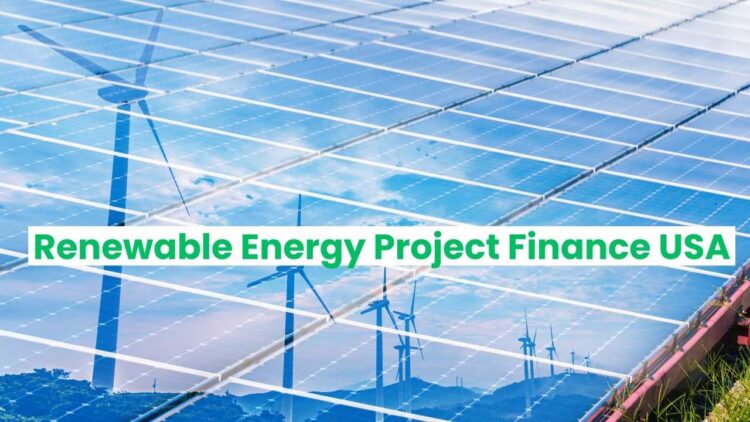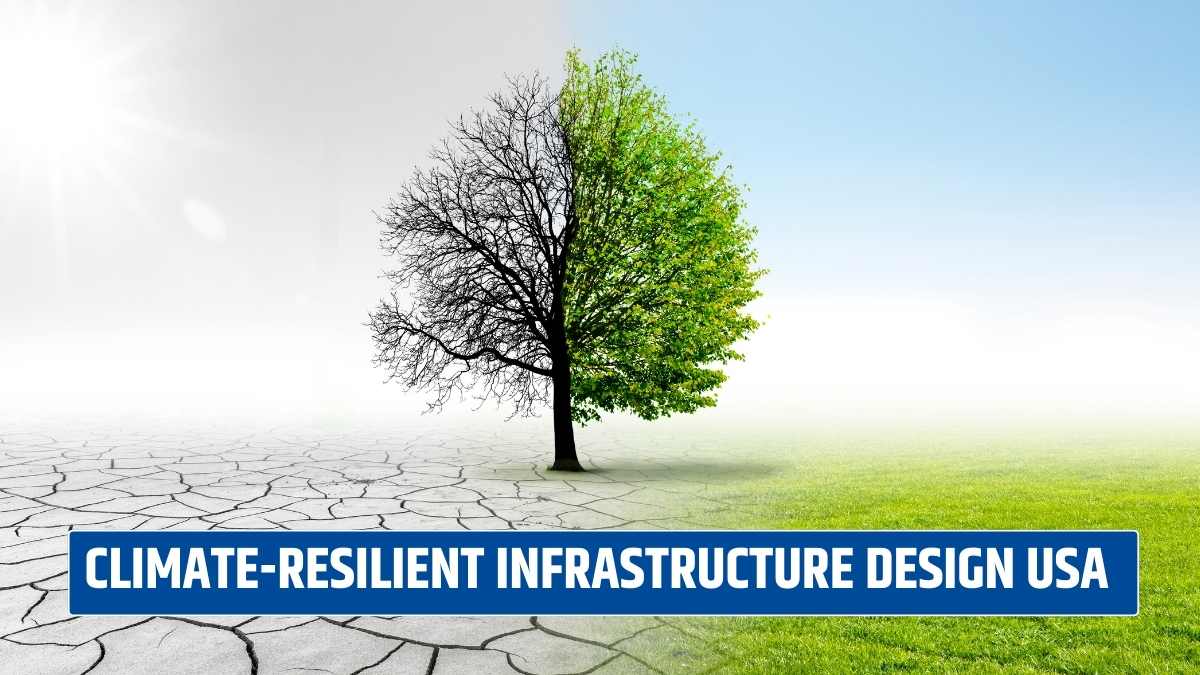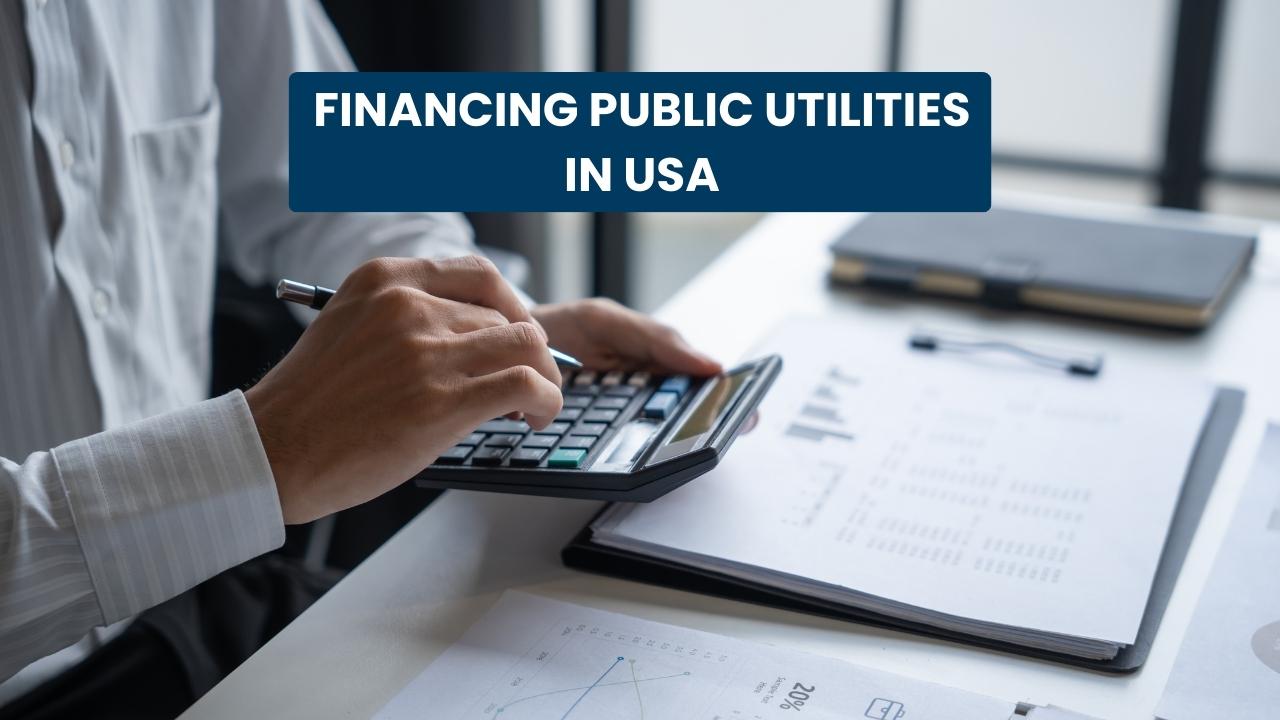Renewable energy projects are driven through the Inflation Reduction Act in the USA, as the world focuses on climate change and its impacts. Such sustainable projects in the US have various financing methods to raise capital. Let’s understand the financing of the renewable energy projects in the USA as the nation deals with the investment gap.
Renewable Energy Project Finance USA
The renewable energy market is growing as the world is focusing on reducing climate risks, reducing greenhouse gas emissions, and providing clean energy. The renewable energy projects in the USA are increasing as the nation focuses on its energy infrastructure.
The renewable energy projects include solar power plans, wind turbine systems, and other energy projects where the energy is replenished faster than it is consumed. In 2024, around $265 billion was invested in clean energy technology. The 2021 Inflation Reduction Act also drives the renewable energy projects as it offers some funding opportunities.
Solar energy sources are the fastest-growing sector in the renewable energy sector in the country, as organizations reported a 21% increase in 2023. The renewable energy projects in the US are financed in many ways, such as:
- Federal and State Grants: The federal and state or local government offer support to the renewable energy projects through various tax credits, grants, and loans. The tax credits and grant makes these projects more attractive for the investors.
- Tax Equity and Private Equity investments: The private investors generally invest in the renewable energy project to get the federal tax benefits.
- Green Bonds: The companies established green bonds, where they get a fixed return from the project.
- Project Finance: Another brilliant way to fund large-scale renewable energy projects is project finance, as they form an SPV, where the lender is paid through the project revenue. In renewable energy projects, the investors also take advantage of the government incentives.
- Power Purchase Agreements: The corporation can partner with the developers for the fund on the power purchase agreement, where they agree to purchase a mixed amount of energy. This ensures a large cash flow in the future, which will be helpful in securing the funds.
USA grants for the Renewable Energy Projects
In the US, more than 860 projects are implemented under the Environmental Protection Agency program or other federal programs. The Department of Energy, the Department of Agriculture, and the EPA provide various federal grants, whereas state authorities also support the projects. Here we have curated the list of the USA grants for the renewable energy projects:
- EERE Funding opportunity:
- The DOE provides funding opportunities to renewable energy projects based on the merit of the potential for energy, economic benefits, and environmental impact. The DOE selects the projects under this support and works to lower the cost of energy technologies.
- REAP:
- The Rural Energy Program for America announced $145 million to expand renewable energy access to Americans living in rural areas.
- The program is funding more than 700 loan and grant awards, which help rural small businesses and agricultural producers to make energy use more efficient, lower the energy costs, and invest in renewable energy.
- Climate Pollution Reduction Grant:
- The US EPA CPRG grant supports the local, state governments, and territories, and tries to develop and operate projects that can reduce greenhouse emissions and mitigate climate risks.
- It is authorized under the IRA 2021 bill and has a two-phase program that includes $250 million for noncompetitive planning and $4.6 billion for competitive planning.
- C-SITE:
- These grants will fund the local governments and tribes to work on projects that benefit the community, lower energy burdens, increase access to renewable energy, improve air quality, and other improvements.
US Tax Credits for the Renewable Energy Projects
The Inflation Reduction Act opens funding opportunities, reduces the renewable energy costs through many ways, one of which is tax credits that encourage companies to reduce their carbon footprint. Here you can learn about the tax credits for renewable energy, promoting its projects:
- ITC:
- Investment Tax Credit allows taxpayers to deduct the cost of a renewable energy system from their taxes.
- The energy storage technologies, geothermal, fuel cells, microgrid, combined heat & power, interconnection, and microturbines cost is covered under the ITC.
- This attracts investors to renewable energy project funding, as they can predict the returns and use the tax credit benefits.
- PTC:
- Production Tax Credit offers credit for biomass, landfill gas, marine and hydrokinetic, and hydroelectric projects, or solar or wind, municipal solid waste, or other projects.
What are the challenges in renewable energy project finance in the USA?
As the nation is now concerned about the climate risk and other environmental problems affecting the infrastructure growth, the shift towards renewable energy is growing, but the industry faces some challenges in financing, such as:
- Rising costs: The cost of the renewable energy projects is generally due to the advanced technology, green materials, and other R&D needs. So, the higher cost sometimes creates problems in raising the funds, affecting the project.
- Energy storage risks: With the new technologies coming, such as lithium-ion batteries, the risks of dealing with energy storage are rising concerns, as they would need extra financing.
- Regulation and Frameworks: With energy projects, the regulations and laws can be different from one state to another, which can create issues in the funding.
- Revenue: The revenue from the renewable energy projects is the major force for the investment; however, if there is uncertainty in the revenue, it can affect the funding.
- Risks: Renewable energy has risks, whether it is storage, operation, or implementation; hence, without strong risk management, the project can create problems in funding.
The USA has been promoting the use of renewable energy through various tax credits and grants, hence the borrowers have many funding opportunities, which is great for the long run.



